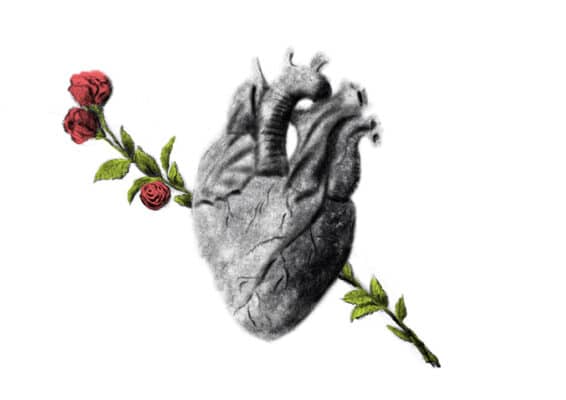
The heart: an eternal symbol from ancient history
The heart: an eternal symbol from ancient history 22/08/24 SUMMARY The heart is an element with countless nuances, meanings that have evolved over the centuries
BLACK FRIDAY – Only for Newsletter subscribers
Would you like to receive your order by CHRISTMAS? Make your purchase by December 1st.
Would you like to receive your order by ❤️ VALENTINE’S DAY? Make your purchase by January 25th.
CHRISTMAS CLOSURE – New orders will be processed from 8 January 2025
SUMMER CLOSURE 2024 – New orders will be processed from 19 August 2024 – 10% on the entire Shop
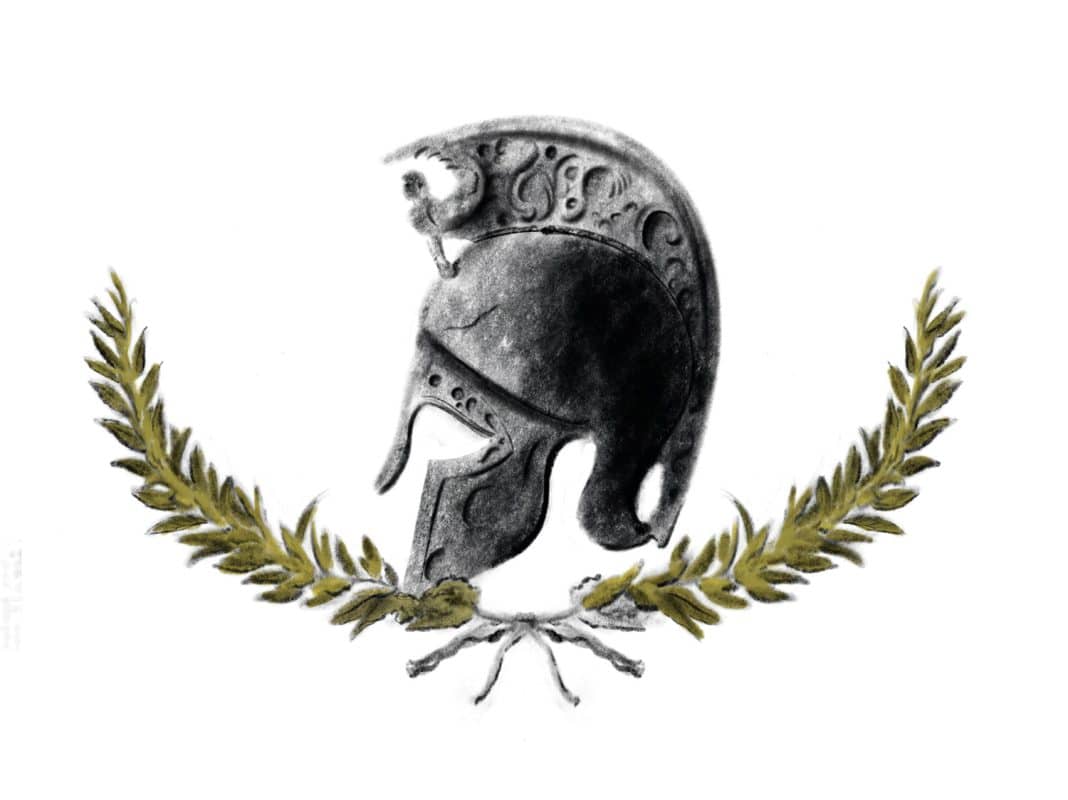
Strength, courage, loyalty, and power-the Spartan helmet has always evoked all these and has become a true symbol.
– Imagine the Spartan helmet lowered onto the soldiers’ faces before battle, their eyes shining behind the slit.
– Imagine the Spartan helmet raised, on the foreheads of foot soldiers parading proudly in peacetime.
– Imagine the Spartan helmet on the ground, scarred by the enemy’s blows, on the battlefield after the melee.
Fascinated by this powerful symbol, we studied it in form, atmosphere and meaning. Here is everything you need to know about the Spartan helmet.
The Spartan ‘helmet was so well made that it was spread throughout Classical Greece. At the head of the soldiers of Sparta, one finds it in the ranks of all the proud Greek Hoplites.
The real name of what we call “Spartan helmet” is actually “Corinthian helmet”: it was born in the famous Corinth, a prosperous and fearsome city. In ancient times, in fact, there were many types of helmets, but this one quickly became the most popular because of its total protection of the head.
Any contraindications? Yes, by completely covering the ears, it prevented soldiers from hearing fully, and in battle this could be fatal. The slit in the eyes, then, as you can imagine, did not allow a full view and forced infantrymen in combat to turn their heads completely to look at the field.
Regardless of historical events, the wonder of a symbol is related to the images and emotions it can create. That’s why we call it a “Spartan helmet”: because we want to evoke the military might of the Spartan army.
The extraordinary movie “300” moved me so much, and those proud, brave and noble soldiers represent a fantastic ideal. A Spartan warrior is not worth an enemy: in the fury of battle, a single infantryman of Ares drags hundreds of Persian soldiers to their deaths. On their mighty bodies, along with the blood-red cloak, shines the helmet of the Greeks: the Spartan helmet.
The Spartan soldier is history: trained as a child, at age seven, he learns loyalty and fears neither the enemy, nor pain, nor death.
The Spartan helmet is also the helmet of Italy. Few people know this, but the same helmet that covered the faces of Spartan soldiers protected the noble hosts of the mysterious Etruscans, lords of Central Italy before Rome.
Rome itself, in the fascinating times of the Republic, had the Greek helmet. Indeed, the Romans were very pragmatic and quickly recognized the potential and effectiveness of the helmet of the Etruscans and Greeks. Thus, this powerful symbol also evokes the glory of Rome, with the mighty Latin foot soldiers fighting against Hannibal and the enemies of the most majestic city in the Ancient World.
Forged in bronze, silver and gold, the Spartan helmet boasts the use of beautiful materials. The Greeks wore heavy bronze helmets but later we will also find them made of iron, which is lighter and stronger.
The beauty of the Greek helmet is such that artists put it on the heads of gods, such as Athena, goddess of Wisdom, and Ares, fearsome God of War.
What we call the “Spartan helmet” is among the symbols of two of the most powerful armies in history: the Republic of St. Mark and the United States of America.
After the Spartans, after the Greeks, after the Etruscans, after the glorious Romans, it was the Fanti da Mar who wore this helmet. The Republic of the Lion of St. Mark was for over a thousand years a feared military power on all the seas: its galleys dominated the Mediterranean and its soldiers, covered by their helmets, They would assault enemy ships to the cry of “St. Mark”, a war cry still used today by the elite corps of our armed forces: the Lagunarians.
It was the Venetians themselves who used the Greek helmet as a gift: the elegant Ambassadors of the Venetian Republic offered these helmets as gifts, richly ornamented, forged in silver and gold.
What about the U.S. military? The United States Military Academy, one of the most important military academy in America, has a beautiful shield with the profile of the Spartan helmet at its center.
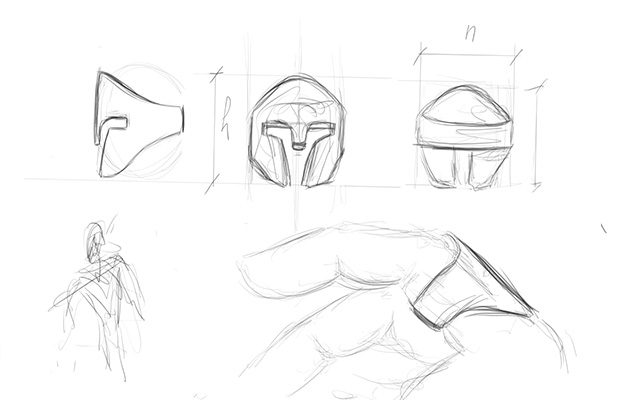
I am fascinated by the powerful atmospheres evoked by the symbol of the Spartan helmet. In my jewelry workshop, I tried to turn all these messages into a ring: elegant but martial, essential but majestic, precious but solid.
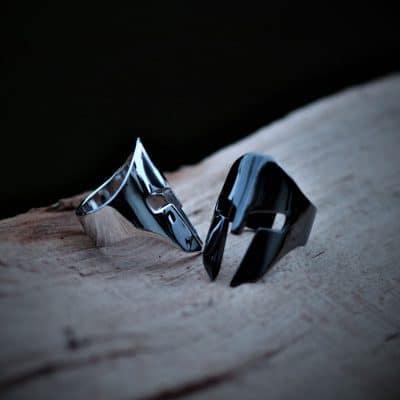
The lines are simplified as much as possible, so as not to betray the Spartan spirit, I made it clean, smooth, essential. I tried to tell, in its form, a scent of eternity and power. I related it very much to my taste and personality. The ring for me is a message, a story, the story of a world. My Spartan Elmo Ring wants to tell about an ancient and noble world of courage and loyalty, strength and poetry.

The heart: an eternal symbol from ancient history 22/08/24 SUMMARY The heart is an element with countless nuances, meanings that have evolved over the centuries
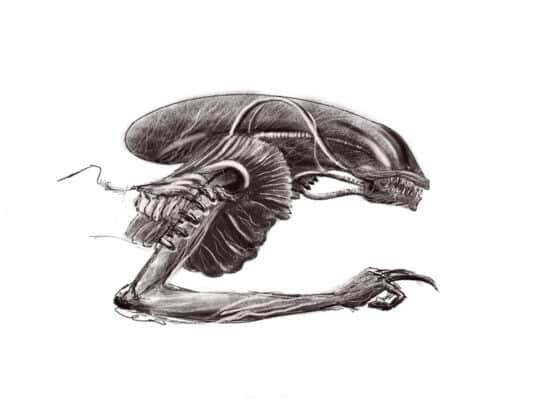
What is the Alien, or Xenomorph? Let’s find out its story, the meanings and symbols of the scariest predator in the universe. Anyone who has